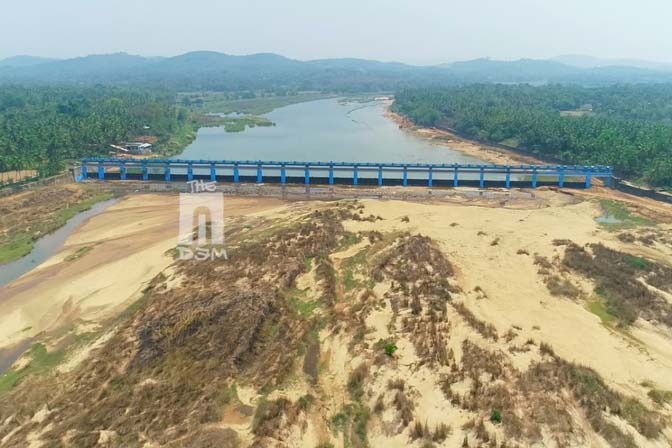Government Should Not Rush Into 49% FDI in Nuclear Power, Warns People’s Commission
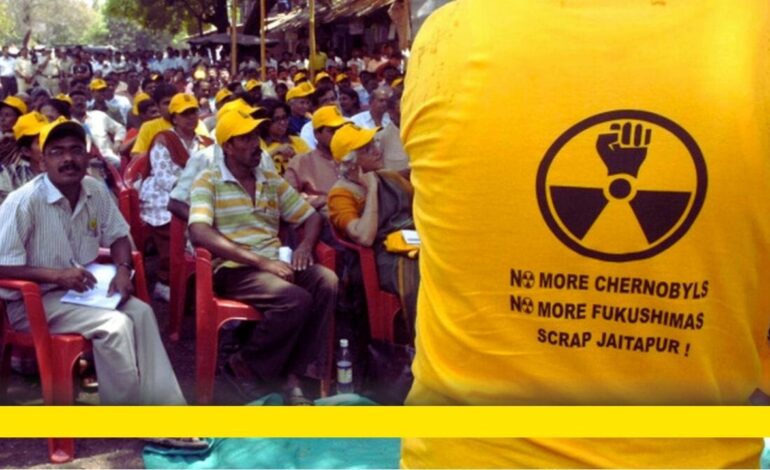
The Peoples’ Commission on Public Sector and Public Services (PCPSPS) has expressed deep concern over India’s emerging nuclear strategy that may impact the country’s self-reliance, and has urged the Centre not to rush in for 49% FDI in nuclear power plants.
In a public statement, PCPSPS, consisting of academics, jurists, erstwhile administrators, trade unionists and social activists, highlighted the potential risks around a nuclear power plant, up to the range of 80km around it, while noting that in recent times the “Centre has rushed into announcing the setting up of a nuclear power plants at numerous locations, including Anakapalle in AP, Kasargode district in Kerala and in Goa.
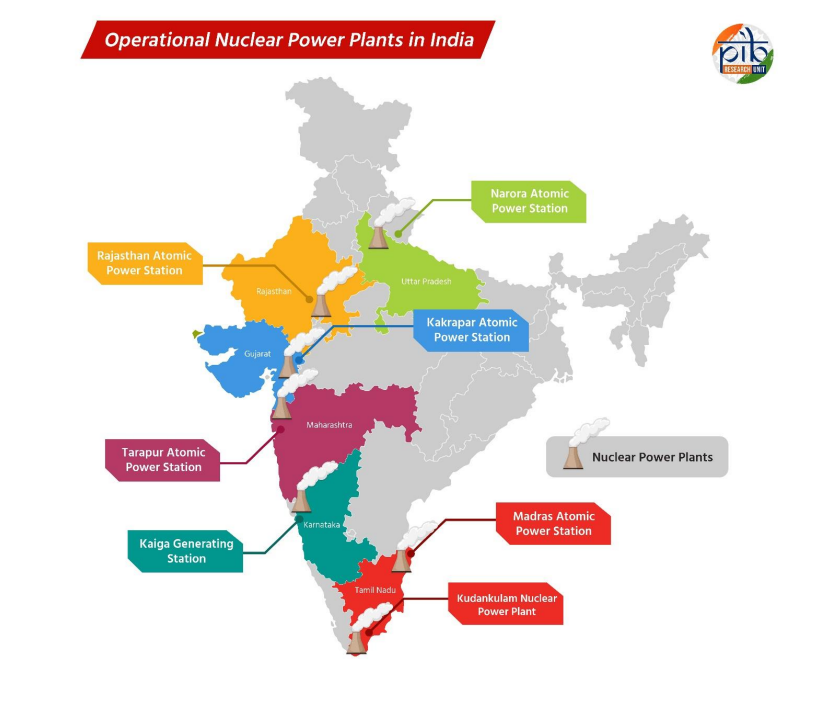
Among other things, the organisation also called upon the Department of Atomic Energy to halt any further delay in processing a Bill for setting up an independent nuclear regulatory authority on the lines suggested by a Parliamentary Standing Committee in 2012.
Read the full statement below:
People’s Commission Expresses Deep Concern Over India’s Emerging Nuclear Strategy
Date: 02.06.2025
Peoples Commission expresses concerns at the following recent developments which are likely to pose a serious setback to India’s quest for self-reliance in the field of nuclear energy.
- In her latest Budget Speech, the Finance Minister’s had indicated that India would consider amending the Atomic Energy Act and the Civil Liability for Nuclear Damage Act (CLNDA) for promoting domestic and foreign investments in the field of nuclear energy.
- The NDA government proposes not only to continue its predecessor’s imprudent policy of setting up nuclear power plants based on imported reactors and imported fuel but also steeply increasing India’s reliance on imported reactors by planning to add 100GW of nuclear power capacity based on such a strategy
- The Central government is reported to be considering a proposal to permit 49% FDI in nuclear power plants.
- In August 2023, the Centre permitted private mining of beach sands through an amendment to the Mines and Minerals (Development & Regulation) Act (MMDRA), opening the floodgates to export of strategic atomic minerals such as Titanium and Thorium-rich Monazite at the cost of compromising the long-term three-stage nuclear development strategy envisioned by Dr Homi J Bhabha, the architect of India’s nuclear establishment.
CLNDA: The intent of CLNDA is to apportion liability for an accident at a nuclear power plant between NPCIL, the operator of nuclear power plants and the reactor suppliers. In such an arrangement, NPCIL should have the right to recourse for liability against rector suppliers for accidents arising from (i) defects in the design of their reactors, (ii) sub-standard materials used in their reactors, or (iii) gross negligence on the part of reactor manufacturers in ensuring the required quality of the material, equipment or services provided for operating the reactor, whereas the then UPA government under external pressure, proposed to provide an escape route to reactor suppliers through Clause 17(b) so as to exempt them from such liability. Though the Parliamentary Standing Committee at that time suggested plugging the loophole and the BJP in opposition adopted a firm stand on it, the version proposed by the UPA survived. The western MNCs who supply reactors to India have been demanding further dilution of the Act to benefit them at the cost of the Indian tax payer and what the DAE is planning to do now, as announced by the FM in her Budget speech, would amount to surrendering national interest to subserve the commercial interests of those MNCs.
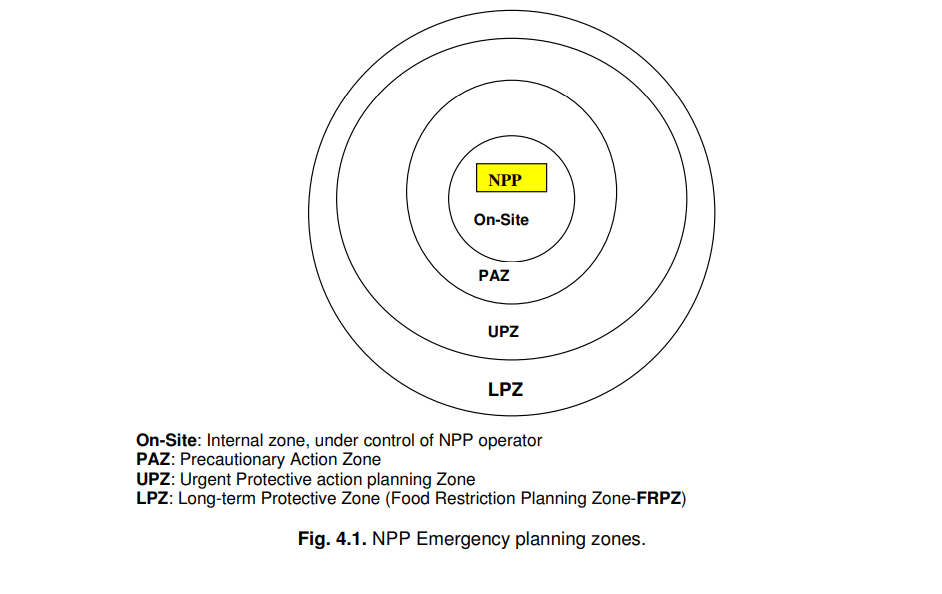
Any dilution of accident liability as cited above would indirectly incentivise the reactor manufacturer to cut corners in designing reactors for safety and, considering that accident liability arising from a serious Fukushima-like disaster running into trillions of dollars, any such exemption could cripple India’s finances. It is noteworthy that nuclear power plants in India are subject to regulation by the Atomic Energy Regulatory Board (AERB) which in itself is subordinate to the DAE whose facilities it is expected to regulate. Post-Fukushima, the DAE proposed a Bill to create a more independent regulatory authority but it never saw the light of the day. In the existing environment of regulation of the operation of nuclear power plants, it would be all the more risk- prone to permit large nuclear power complexes based on multiple imported reactors to operate.
We therefore feel that the existing CLNDA needs to be strengthened as proposed by the then Parliamentary Standing Committee, rather than diluting it further. India should uphold the national interest by resisting external pressures in that respect.
The US President issued an Executive Order on May 23, 2025 that the federal government would give a boost to US nuclear reactor exports to other countries and for that purpose step up diplomatic pressure on reactor-importing countries. We feel that India should tread cautiously in this respect and ensure that, instead of meekly yielding to US pressure, it resists it in order to uphold the national interest in every respect 100 GW nuclear power capacity based largely on imported nuclear reactors and imported Uranium fuel: Apart from the fact that such vast expansion of nuclear power generation capacity based largely on imported reactors will imply a sharp deviation from the long-term strategy envisioned by Dr. Bhabha, a wide range of reactors of different makes and technological features will render their maintenance costly. Electricity generated from imported Uranium will be expensive as imported Uranium is subject to the vagaries of the global Uranium market and also to the value of the Indian rupee in the foreign exchange market. India’s bilateral nuclear deals do not permit transparent, competitive discovery of the price of either the reactors or the fuel. Once such plants come into operation, the State power utilities will have no option to exercise their right to buy electricity in merit order, as they are mandated to absorb nuclear electricity at any cost.

In recent times, we find that the Centre has rushed into announcing the setting up of a nuclear power plants at numerous locations across the country, including Anakapalle in AP, Kasargode district in Kerala and in Goa. Keeping the safety concerns in view, it is now recognised globally that there could be potential risks around a nuclear power plant up to a range of 80 km around it.
As far as India is concerned, the regulatory authority, the Atomic Energy Regulatory Board (AERB) has notified the following zones from the risk point of view.
| Zone | Distance from the site |
| Exclusion Zone (where no habitations are permitted) | 1 km |
| Natural Growth Zone (Where no development activity should be taken up that is likely to increase the density of population) | 5 km |
| Emergency Planning Zone (where the local authorities should be ready and equipped to evacuate people in the event of occurrence of a nuclear accident) | 16 km |
| Radiological Surveillance Zone (where radioactivity levels will be monitored regularly to prevent adverse health impacts) | 30 km |
In other words, while globally, it has been recognised that toxic radiation effect around a nuclear power plant can extend up to 80km, even according to NPCIL’s own norms, it will extend up to 30km around the plant, necessitating close radiological monitoring. When a Fukushima-like accident were to take place, a contingency that cannot be ruled out, it can be worse, as it would then necessitate large-scale evacuation of people. More than a decade after its occurrence, the clean up operation is still going on, with some estimates indicating that it could extend over decades, with the costs running into trillions of dollars. Neither the DAE nor the States have taken the people in confidence of this possibility.
With most nuclear power plant sites proposing to have multiple reactors, the cumulative impact of a nuclear disaster could be enormous, especially in a regulatory environment that is anything but independent and strong.
It is ironic that India should opt in favour of such expensive, risk-prone, imported nuclear electricity at the cost of promoting self-reliance in the field of nuclear energy, by reducing its reliance on indigenously available coal which India produces in large quantities. Coal mining and production are highly employment-intensive, whereas India importing nuclear reactors will result in employment benefits accruing to supplier countries, rather than in India.
We feel that it is highly imprudent for India to shift its emphasis from self-reliance in nuclear power to large-scale dependence on imported reactors MMDRA amendment to re-introduce private mining in beach sands: India’s beach sands, especially along the Odisha, AP, Tamil Nadu, Kerala coasts, contain several strategic atomic minerals including Titanium and Monazite, the raw material for Thorium, the fuel for the third stage of India’s nuclear power development programme. The Monazite deposits in India constitute a significant portion of the deposits available globally.
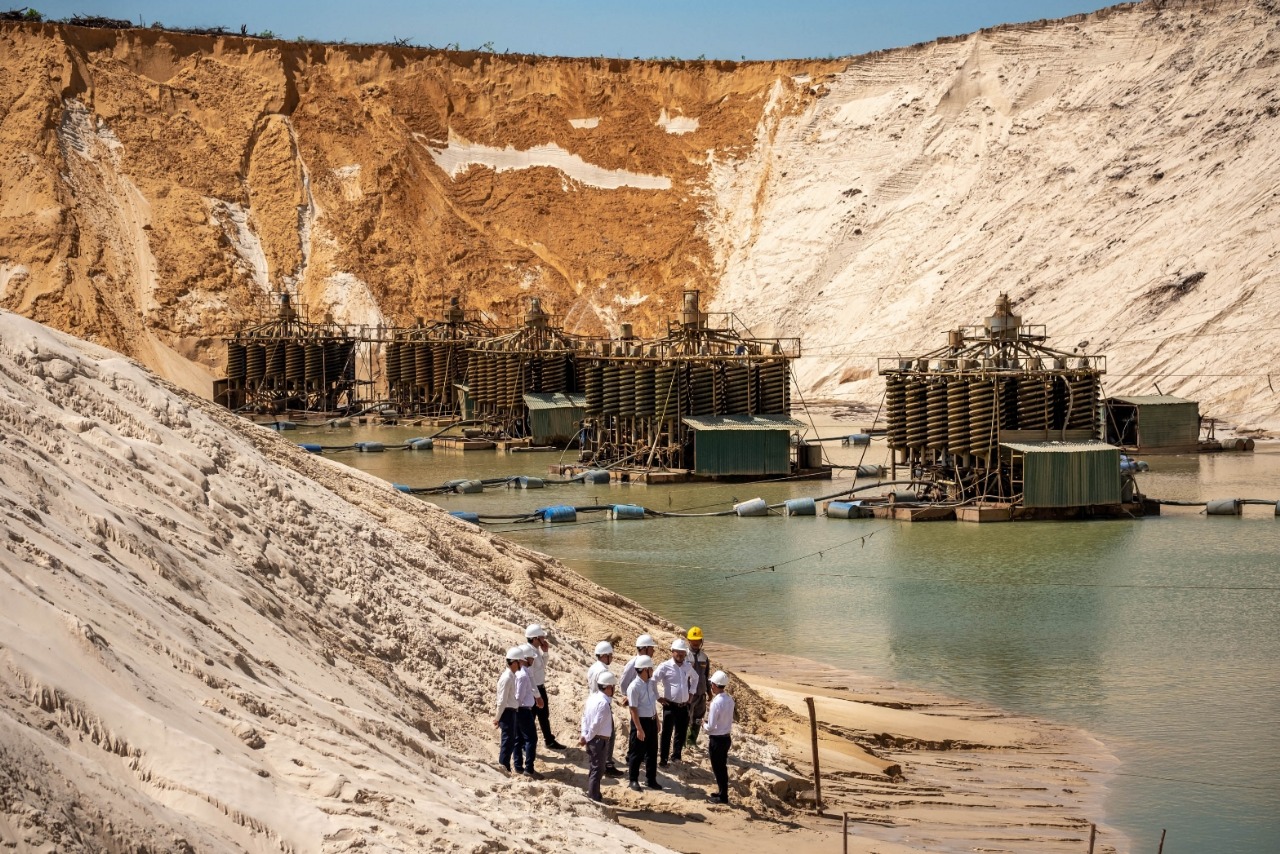
It was at the instance of Bhabha that India imposed a total ban on private mining of beach sands. Caving in to external pressures, the UPA govt opened up beach sand mining to private miners and relaxed regulations that allowed clandestine export of atomic minerals. Subsequently, as a sequel to court cases, the Union Ministry of Mines at the instance of the DAE imposed a total ban on private mining of beach sands in 2019. However, once again, yielding to external influence, the government abruptly amended the Mines & Minerals (Development & Regulation) Act (MMDRA) in 2023, once again paving the way for clandestine export of Monazite, Titanium etc.
India has apparently not learnt lessons from past experience with mining of beach sands by domestic miners and instances of corruption in the case of overseas miners.
In our view, the government should revoke the above cited MMDRA amendment and work out a strategy to conserve atomic minerals for domestic use. Monazite, as envisioned by Dr. Bhabha, should be exclusively used for extracting Thorium to fuel the third stage of our nuclear development programme. Those that were instrumental in clandestinely exporting atomic minerals need to be proceeded against.
FDI in nuclear power
The latest proposal mooted by the government seeks to permit domestic private companies to induct foreign investors as shareholders upto 49% of their equity capital. Such a large equity share would empower the investors to have a say in the way the domestic companies operate nuclear power plants, including in matters relating to the end-use of the by-products of used Uranium, which has strategic implications. We feel that the government should tread cautiously in the matter of permitting FDI in nuclear power
Conclusion
We therefore demand that
- CNLDA should be strengthened as earlier proposed by the Parliamentary Standing Committee rather than diluting it
- The DAE should reconsider its present strategy of large-scale shift in reliance from self-reliance to increasing dependence on imported nuclear reactors
- Amendment to MMDRA to permit private mining in beach sands should be revoked
- The government should not rush into permitting 49% FDI in nuclear power
- The DAE should not further delay processing a Bill for setting up an independent nuclear regulatory authority on the lines suggested by the then Parliamentary Standing Committee in 2012.
This article was also published in NewsClick and can be read here.








